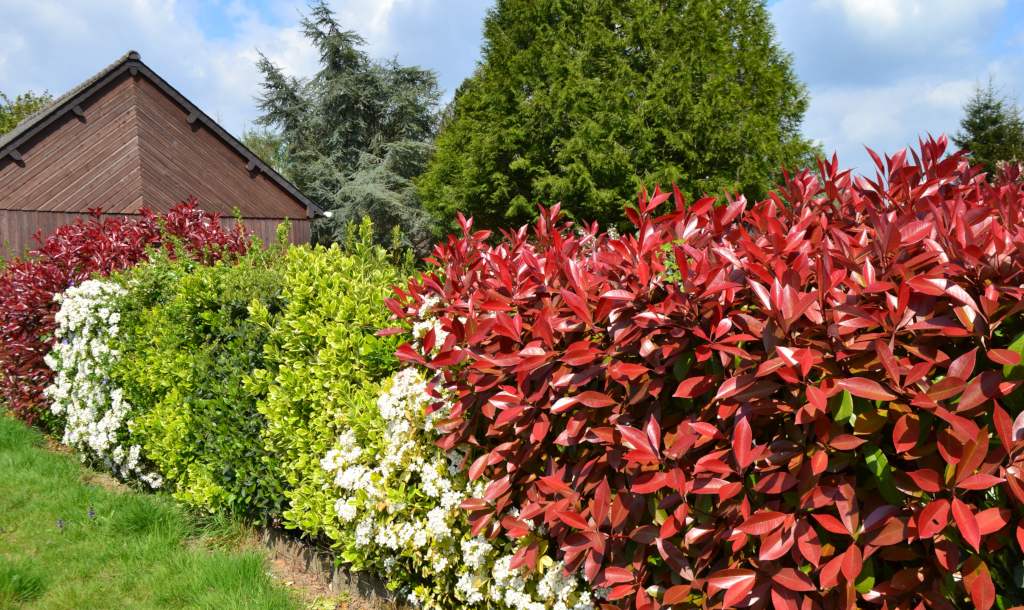Learn to Propagate Ceanothus from Cuttings [2 Easy Methods]
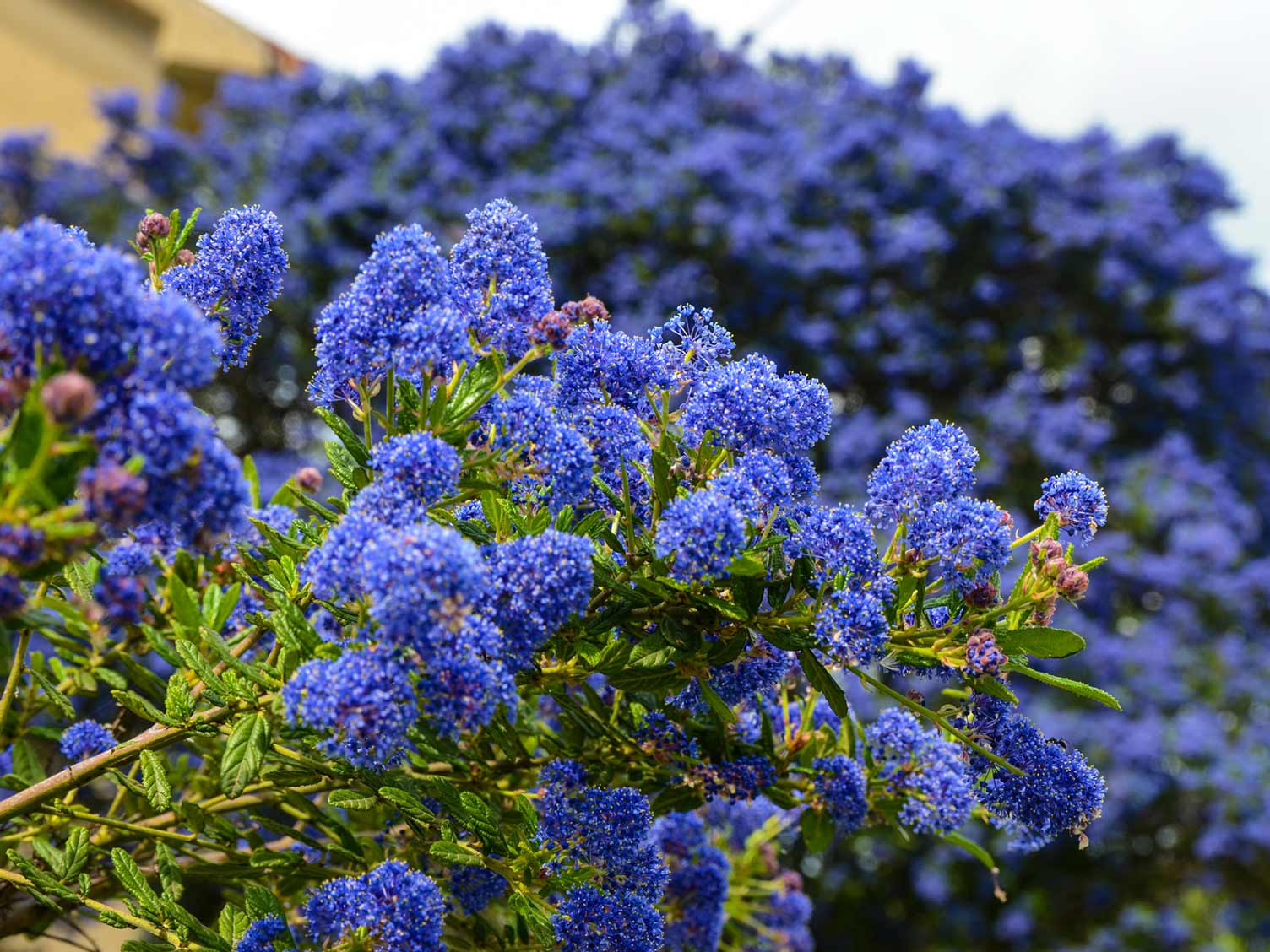
Table of Contents
Are you one of those who enjoy gardening and are willing to add more to your collection of Ceanothus plants? Then, you are at the right place. The process is simple and cost-effective as you can propagate them from cuttings. A gorgeous shrub with lovely blue or white blossoms that blooms in the spring and summer is called Ceanothus, often known as California Lilac.
You may cultivate new Ceanothus plants that will improve the attractiveness of your garden for many years by taking cuttings while the plant is in its active growth phase and following a few simple steps. Read further to learn how to grow a Ceanothus from its cuttings.
Propagation of Ceanothus
Ceanothus plant cutting is an ideal way of growing the number of plants in your garden. Even though it may seem challenging to propagate Ceanothus, making cuts is a simple process that can result in a brand-new, flowering plant in two to three years. Different cutting methods are used depending on whether the plant is deciduous or evergreen.
Growing new plants from small pieces of an existing plant is done by taking cuttings. The cuttings can develop roots and turn into separate plants by choosing nutritional components, such as parts of a heart, stem, leaf, or bud, and by giving proper preparation and planting conditions.
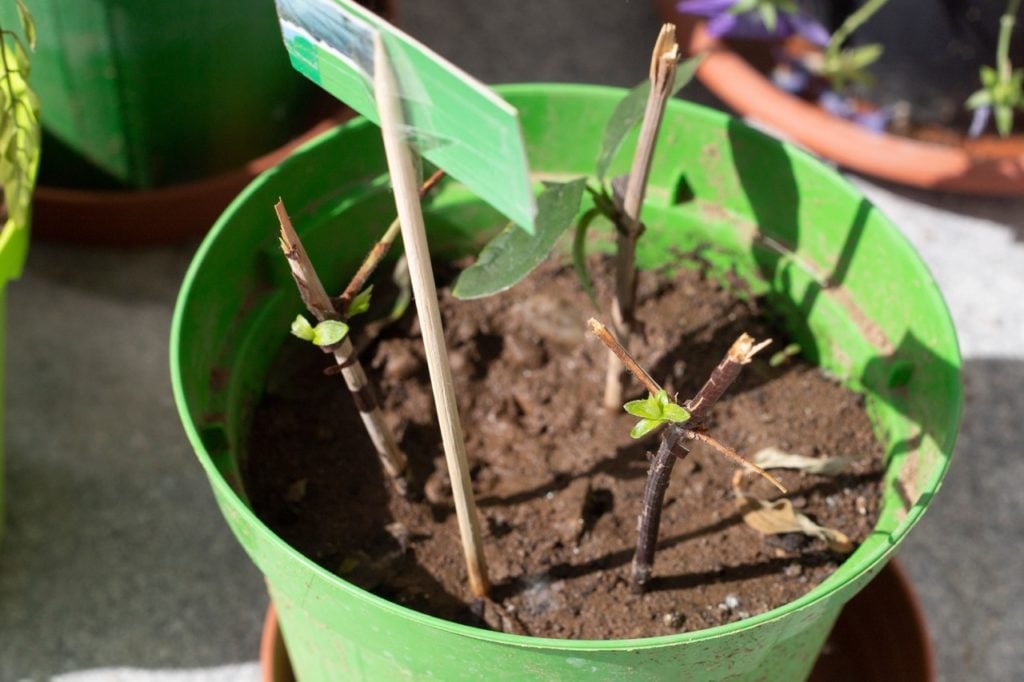
Benefits of Propagation
There are several benefits of propagating Ceanothus, including:
- Cost-effective: Propagating Ceanothus from cuttings is an inexpensive way to obtain new plants, eliminating the need to purchase them from a nursery.
- Maintaining desirable traits: Propagation allows gardeners to maintain desirable characteristics in the new plants, such as flower colour and size.
- Time-saving: Propagation allows gardeners to grow new plants faster than starting from seeds, as they will have the same genetic structure as the parent plant.
- Control over growing conditions: When propagating Ceanothus, you have control over the growing needs, which allows you to ensure that the plants get the right amount of water, nutrients, and light to promote healthy growth.
- Garden expansion: Propagation allows gardeners to expand their gardens without spending much money on new plants.
- Preserving rare varieties: Propagation is a great way to protect rare or hard-to-find varieties of Ceanothus, which may not be ready for purchase.
- Genetic diversity: Propagation can also introduce new genetic material into your garden, creating greater genetic diversity among your plants.
Ceanothus cutting methods include Semi-Hardwood Cuttings and Softwood Cuttings. These methods are discussed below:
Method 1 – Semi-Hardwood Cutting
Semi-hardwood cutting is the best propagation method for Ceanothus,s a type of perennial plant. This method is also known as semi-ripe cutting; however, you should be mindful of the precautions before proceeding toward propagation.
Below are the things you should never forget before ceanothus cutting.
- The optimal time to perform this procedure is in the middle of the summer, but you need to know that the roots take longer to form. Also, ensure the stems you select are strong enough and not too old and brittle because such wouldn’t produce good results.
- It should be firm when you try to bend the stem, suggesting it is semi-hardwood.
- Selecting healthy cuttings with attractive flowering side shoots is crucial for coproducing semi-hardwood cuttings, which should be 7-15 cloth.
- To ensure proper root formation, it is recommended to use a clean and sharp knife.
- Make cuts directly below the leaf nod, and ensure the cuttings have at least a few nodes.
- You should take off the soft tip and the lowest leaves from one-third of the stem while propagating semi-hardwood cuttings. Then, to ensure proper drainage, place them in a pot with perlite after dipping them in rooting powder.
- Cover the pot with a plastic bag, fastening it with an elastic band. Maintaining moisture in the cuttings requires regular watering, so keep the pool sunny with partial sunlight.
Procedure
Did you know that propagating hardy climbers, herbs, ground-cover plants, shrubs, and even evergreen trees can be super easy using semi-hardwood cutting? The beauty is that there’s no need for specific tools or expertise to achieve it!
Semi-hardwood cutting is a type of plant cutting taken from the middle portion of a stem, which is mature but not completely hardened. This growth stage typically occurs during summer, when the branch has begun to develop woody tissue but is still flexible enough to bend without snapping.
The semi-hardwood stage is an excellent time to take cuttings because the plant tissue is mature enough to develop roots. Still not so old that it cannot adapt to new growing conditionsIn addition, semi-hardwood cuttings typically have a higher success rate than other types. After all, they contain enough stored energy to support the formation of new roots and leaves.
To take semi-hardwood cuttings, you will need to find a healthy, mature stem and cut a section that is 6 to 8 inches long. You should remove the foliage from the bottom half of the branch, then cut the bottom end of the cutting at a diagonal and dip it into rooting hormone powder.
After tapping off excess hormone, the cutting can be placed in a moist rooting medium and covered with a plastic bag to create a humid environment. Semi-hardwood cuttings can develop roots and grow into new plants with proper care.
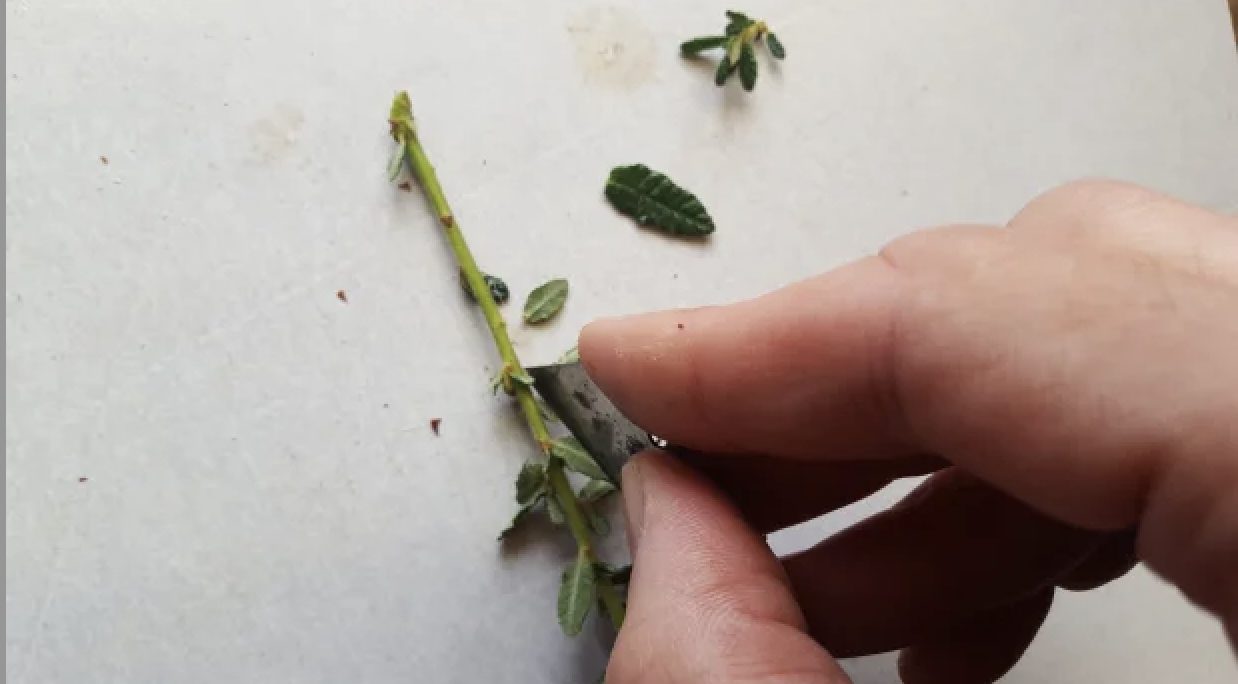
Method 2 – Softwood Cutting
To propagate deciduous Ceanothus, it’s best to take softwood cuttings in late spring to mid-summer. Ensure the weather isn’t dry, and water the plant before taking the cuttings. Get the cuttings early in the day, and choose healthy new growths that aren’t flowering.
- If using a softwood cutting method to reproduce the deciduous Ceanothus, start with taking 10-cm or 4-inch long cuttings from healthy, non-flowering branches.
- Remove the leaves from the stem cutting just above a leaf bud.
- Dip the stem in rooting hormone powder while pinching the soft tip.
- Make holes in a 4-inch pot with a pencil or a dibber, then insert the stem cuttings.
- To ensure they grow roots, keep the container in a warm, humid atmosphere and water it frequently.
It would be best to keep the plant cuttings hydrated, and you need to spray them gently after placing them in the potting soil. Moisture levels can be maintained by covering the pots with a plastic bag fastened with an elastic band. For the cuttings, pick a protected area that is safe from frost. Place these plants where they will receive bright, indirect sunlight, as this is what they need.
To ensure the healthy growth of the propagated plants, it’s essential to water them regularly by removing the plastic bag once a week. It will also help them to get fresh air. While removing the bag, you can also prune any dead or damaged plant materialWhenas you notice new growth; it’s time to obliterate the packs.
Does It Require Pruning?
The evergreen varieties of Ceanothus should not be heavily pruned, as this can lead to weakened structure and other problems. Instead, lightly prune the branch tips after flowering to maintain a compact shape. It is also beneficial to prune interior branches without foliage to encourage new growth and maintain proper air circulation. It should be done immediately after the blooming period ends. On the other hand, deciduous Ceanothus can tolerate more severe Pruning. You can prune back the woody growth from the previous year in early spring.
Ceanothus Plant Care Guide
Ceanothus plants are self-sustaining once established in their ideal growing environment. On the other hand, providing them with some care is crucial. Maintaining the plant’s health entails cutting off any growth affected by frost or disease. Ceanothus plants live relatively brief lives, as was already established. But if given proper care, they can live up to 15 years and, as a reward, produce beautiful blooms.

Additional Tips
Keeping the compost consistently moist is essential to ensure successful rooting, especially during hot weather. Additionally, provide shade to the cuttings in greenhouses or cold frames to prevent them from drying out.
- It is advised to remove any fallen leaves from the region to encourage further the growth of cuttings in outdoor beds and cold frames.
- After cuttings are rooted in greenhouses or propagators, they should be exposed to outside conditions for 2-3 weeks before potting or planting. Cold frames, unheated greenhouses, or horticultural fleece are ideal for hardening off.
- Any cuttings that exhibit symptoms of disease or are dead should be discarded.
Conclusion
Propagating Ceanothus from cuttings is a cost-effective way of adding more plants to your garden. The process may seem daunting, but it is relatively simple if you follow the correct steps. For semi-hardwood cuttings, select healthy stems and cut them just below the leaf node. Ensure proper drainage and place the cuttings in a pot with perlite after dipping them in rooting powder.
Thpoolot should be covered with a plastic bag and maintained moisture by watering it regularly. Softwood cuttings are ideal for propagating deciduous Ceanothus, and you should take cuttings from healthy, non-flowering branches. Dip the stem in rooting hormone powder, insert it into a 4-inch pot, and maintain a warm, humid atmosphere for proper root growth.
By following these above-mentioned methods, you can successfully propagate Ceanothus plants from cuttings. So why wait? Start growing your Ceanothus garden today!
Frequently Asked Questions
Can You Take Cuttings from a Ceanothus?
Yes. To grow new ceanothus plants, you can take heel cuttings from a healthy side shoot and keep them in a heated propagator. It takes time for the cuttings to root well, so be patient and give them a growing season before potting or planting them out.
Can Ceanothus Grow Indoors?
Ceanothus species are not ideal for indoor cultivation. They tend to have a spreading growth habit and require space for their roots to expancorrectlylyTherefore, it is best to grow them outdoors in a suitable location where they can thrive.
What Is the Longevity of Ceanothus?
Ceanothus typically have a short lifespan of around 10 to 15 years, although some may live longer with proper care. Your 20-year-old tree is doing well, but keep an eye out for frost damage and prune any affected stems. Removing dead stems in the spring will also help keep your Ceanothus healthy.


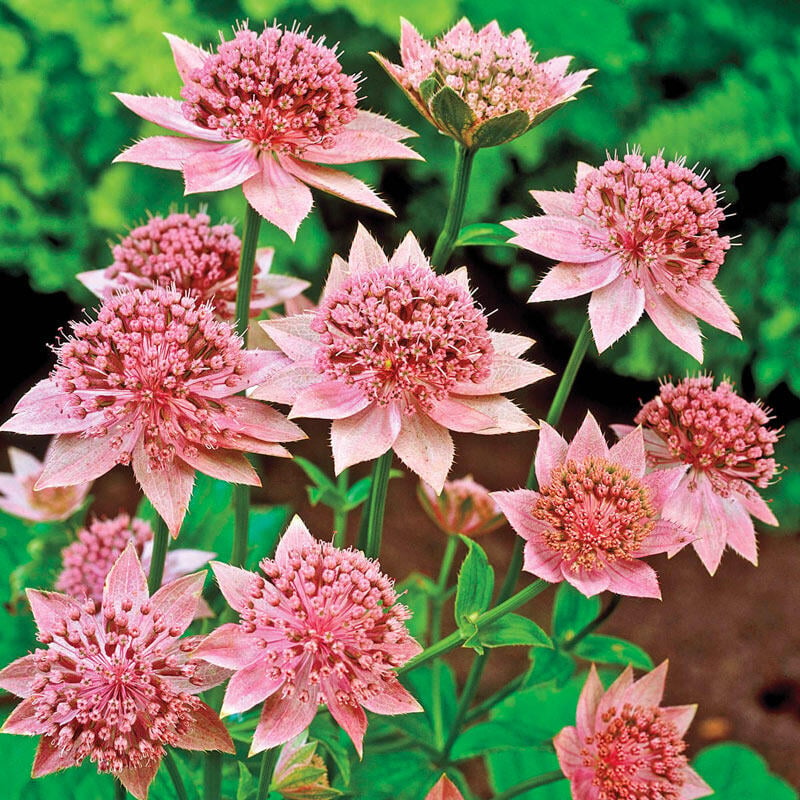
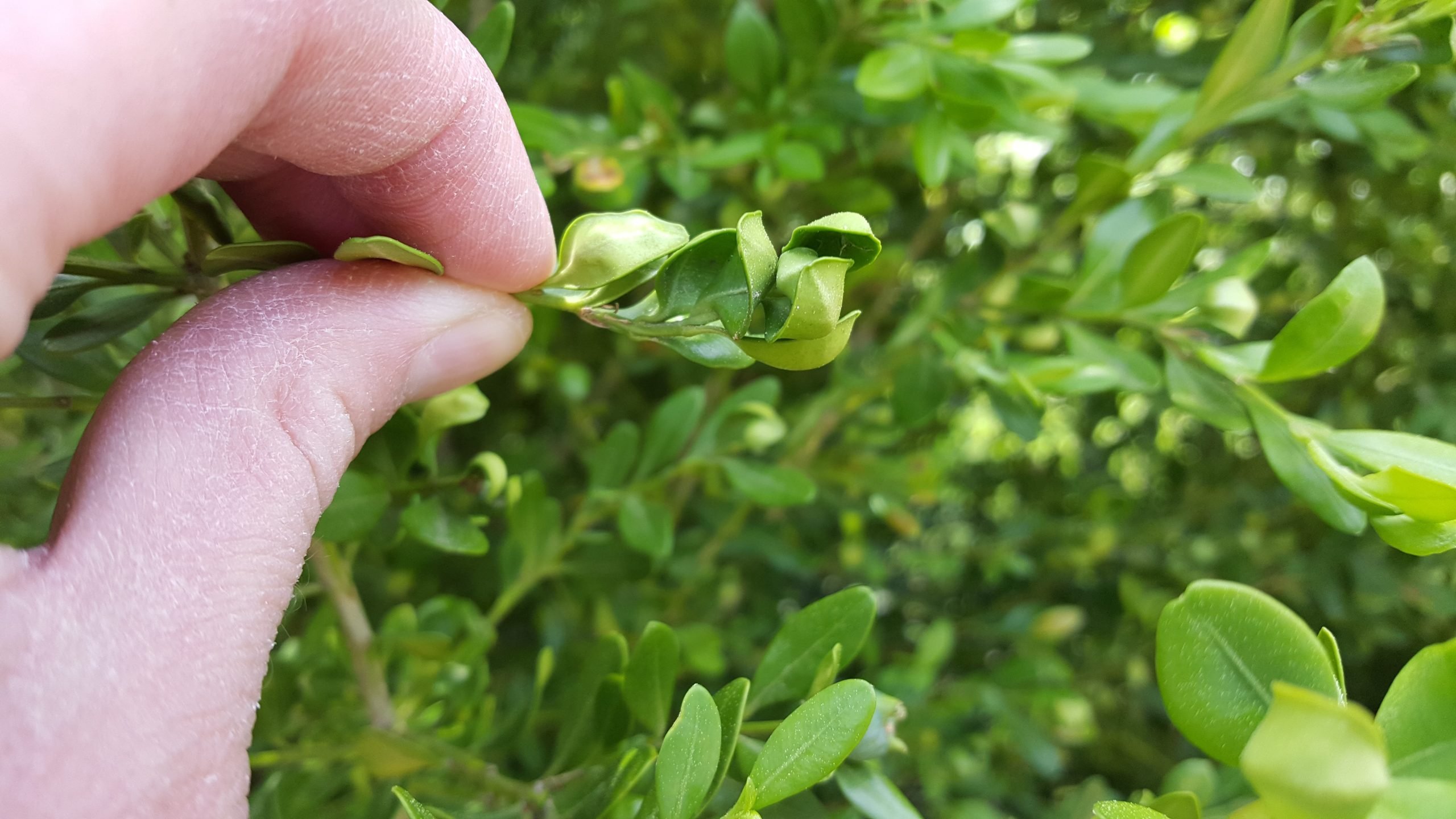
![Treat Black Spots on Roses [8 Easy Homemade Remedy]](https://staging.thearches.co.uk/wp-content/uploads/How-To-Treat-Rose-Black-Spot-In-3-Easy-Stages.jpg)

